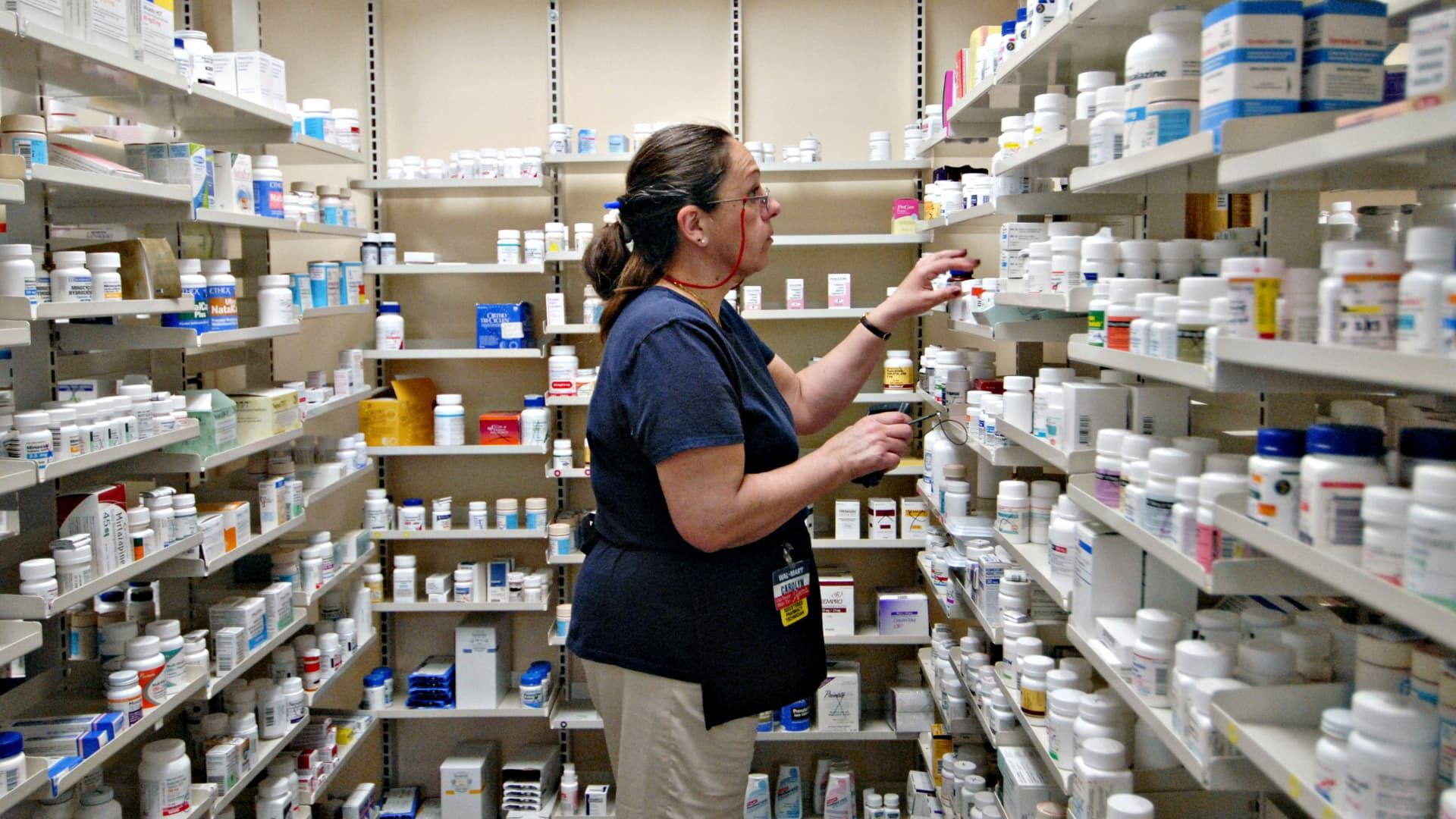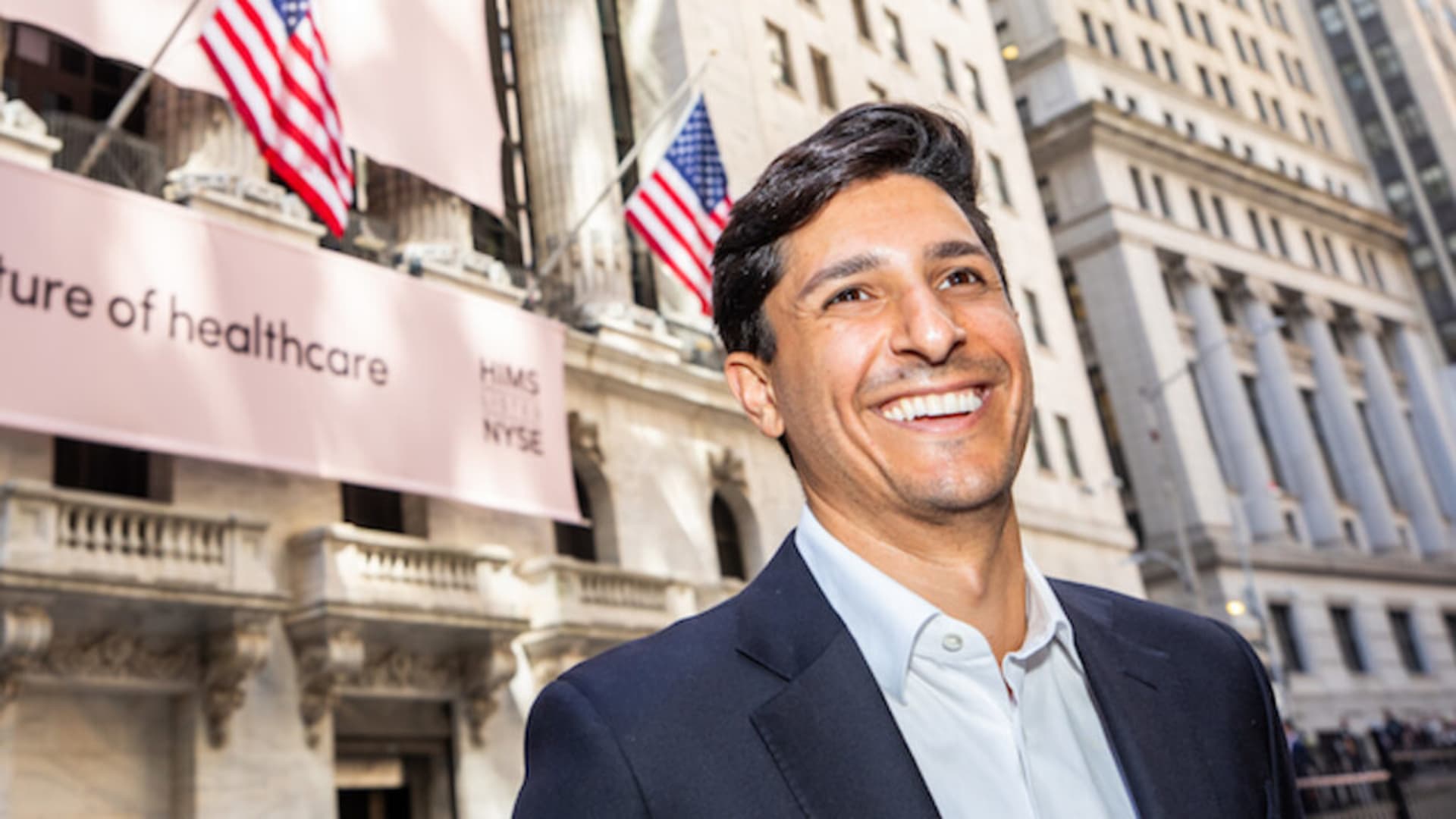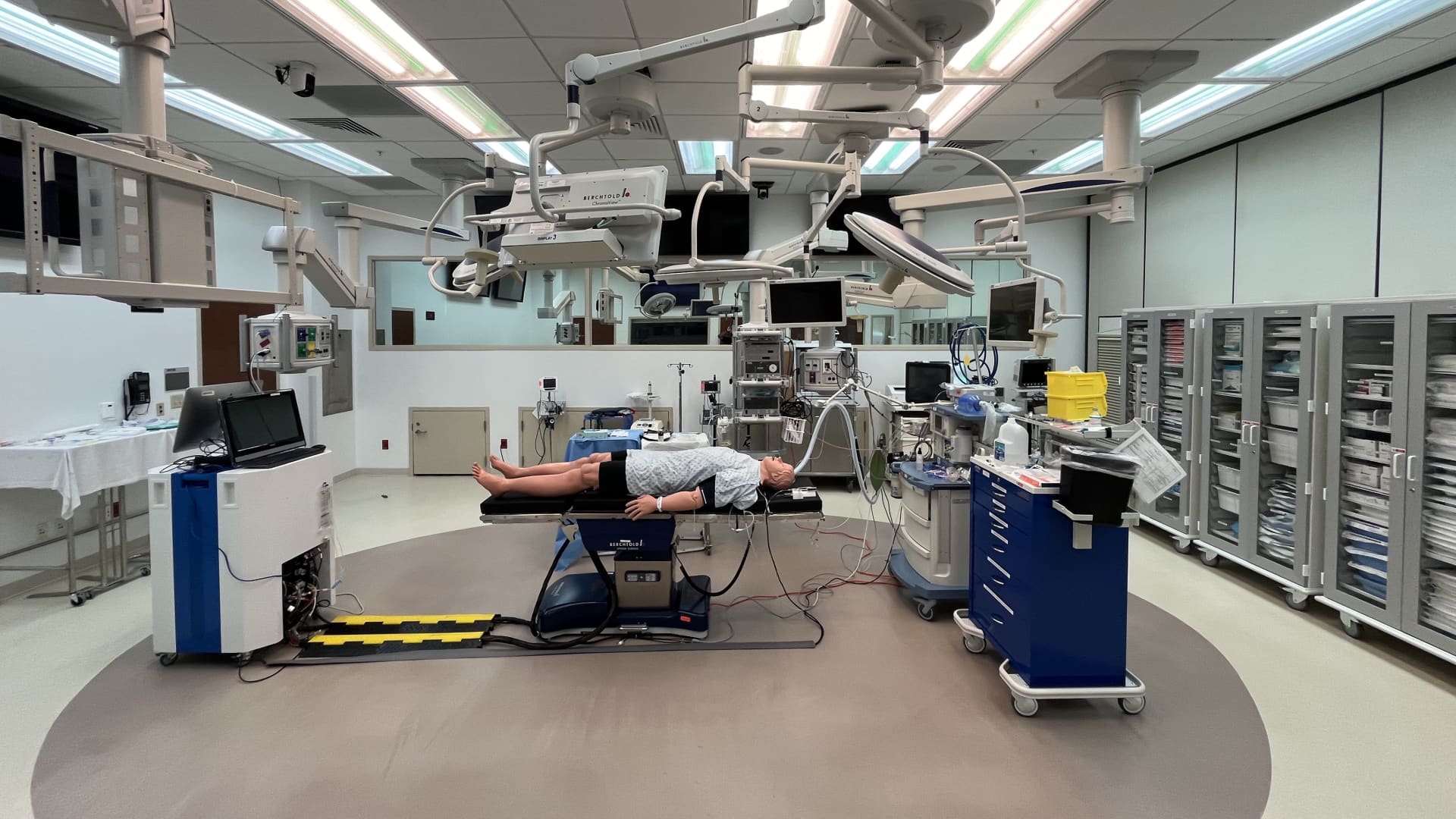Mike Mergen | Bloomberg | Getty Images
The cost of prescription drugs in the United States has increased 37% since 2014, far outpacing the rate of inflation, according to data from the drug savings company. BuenRx.
Although price increases have slowed this year compared to a decade ago, higher costs are increasing consumers' out-of-pocket expenses. The average American spends $16.26 out of pocket per prescription, according to the data.
“When things go up … they inevitably trickle down to consumers, especially those who have a high-deductible plan or are uninsured or find themselves paying substantially out of pocket,” said GoodRx research director Tori Marsh.
GoodRx said the patient share of the cost continues to rise due to increased co-pays, co-insurance and deductibles. The company found that over the past 10 years, the average person's deductible has nearly doubled and co-pays are increasing as most plans add another tier of drugs with higher co-pays.
GoodRx considers it a “high-impact” dynamic. High drug costs are combined with reduced insurance coverage. By analyzing the coverage of more than 3,700 Medicare Part D plans between 2010 and 2024, GoodRx found that the share of drugs covered fell by 19% during that period.
“The impact is really threefold,” Marsh said. “Increased costs or prices are a big part of this, but that's really what it is, with the combination of increased friction… It's difficult for people, in some ways, to access their medications or access a pharmacy. And also, “Insurance isn't what it used to be. “It doesn't cover as much as it used to.”
On average, Americans pay 2 to 3 times more for prescription drugs than consumers in other developed countries, according to the White House.
Drug costs have become a particular focus for President Joe Biden, particularly as the 2024 election approaches. The Biden administration has taken several steps to reduce out-of-pocket drug costs.
On Wednesday, the White House announced it would lower prices on 64 prescription drugs for some Medicare beneficiaries as a result of inflation-inducing penalties on drug manufacturers.
The lower costs, effective during the third quarter, will benefit about 750,000 people who use the drugs annually, some of whom could save up to $4,593 a day, the statement said.
“Despite the efforts of policymakers and industry leaders to break down affordability and accessibility barriers, a patient's true out-of-pocket cost continues to rise and is often a big surprise to them,” said the director. GoodRx interim executive Scott Wagner said in a press release.
— CNBC's Annika Kim Constantino contributed to this report.












